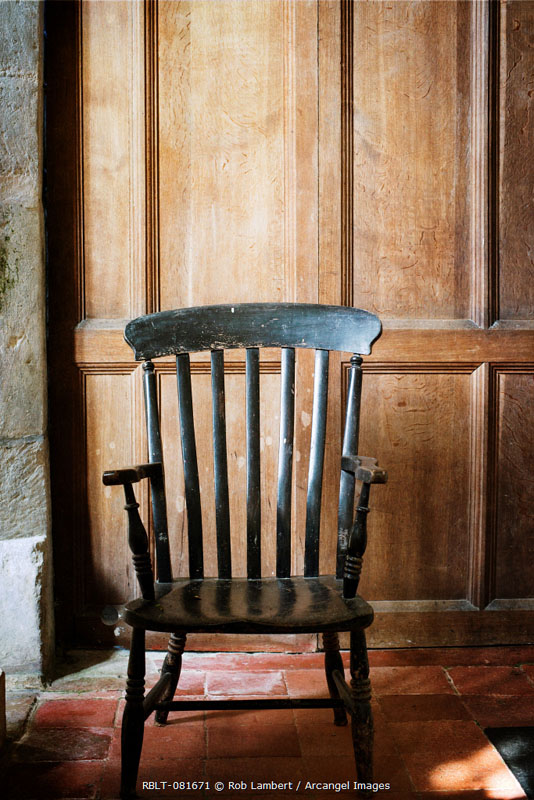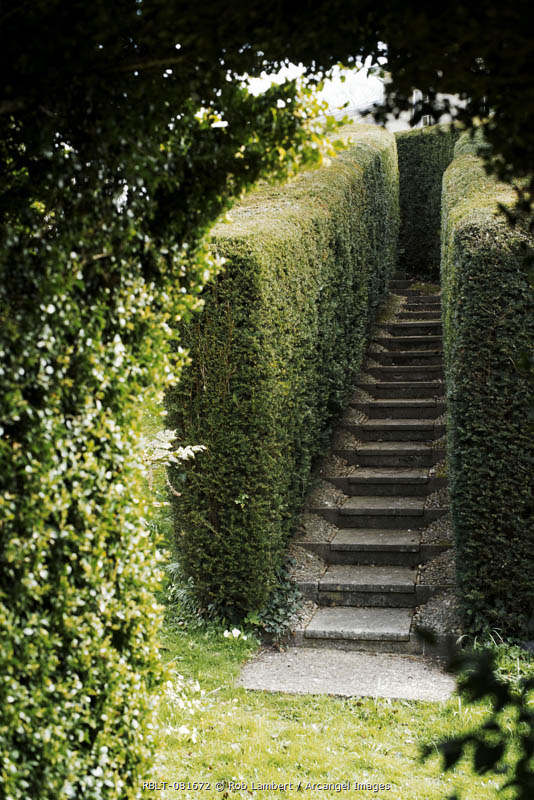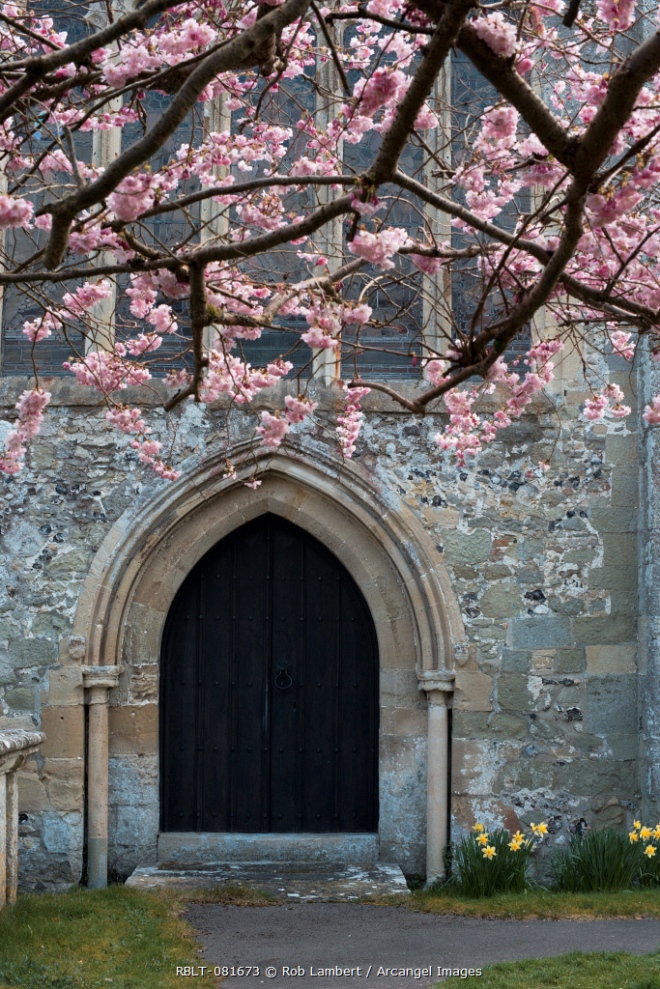It’s about time for a summary of using the Sony A7R and a selection of OM Zuiko lenses over the last six months. There are still a few lenses left to review, but enough time has passed to give a balanced personal opinion.
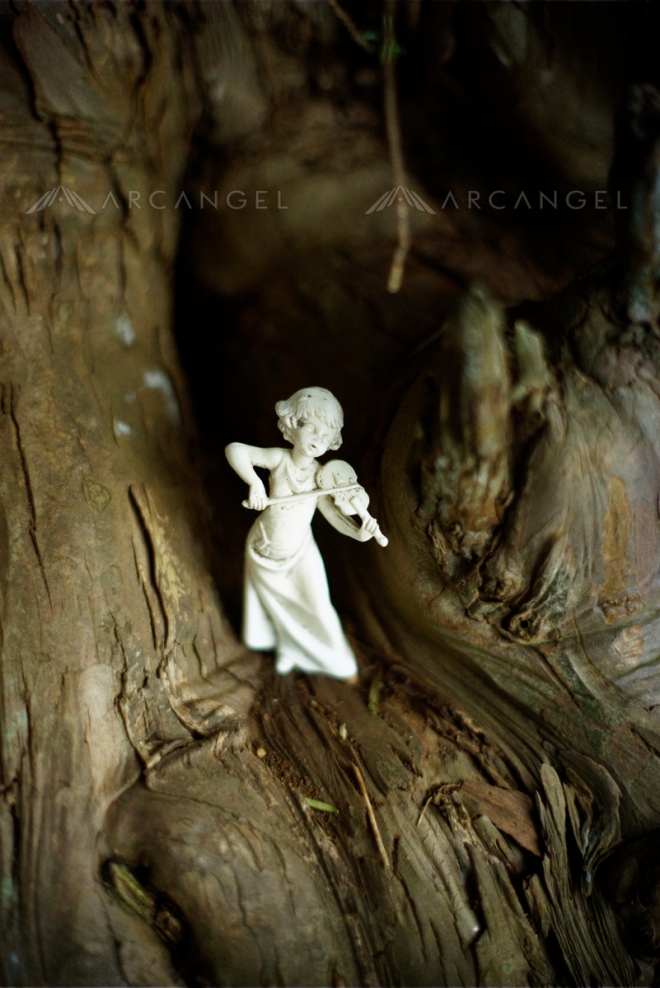
The 50mm f1.4 close up.
I traded in my Canon full frame kit earlier in the year due to a back injury – weight was the only factor in the decision – and the A7R is the only camera I’ve used in the last six months or so. Various lenses have been tested (have a look on the ‘Film Camera and Lens Review‘ tab if you’d like to see them in detail), but here’s the general summary.
The Camera
First then, the positive.
The decision to save weight has worked very well – I can walk further without becoming fatigued (and therefore disinterested in taking pictures!) and the camera’s ergonomics are now completely familiar. The images produced are satisfyingly detailed and most post processing problems (white balance was the worst) have been solved.

Even a Lensbaby is pretty good on the A7R.
The A7R can wring the maximum performance from manual focus lenses because the manual focus viewfinder tools make precision focussing fast and easy. The results are much more precise than anything possible using an optical viewfinder and it’s quite a surprise how much less is in sharp focus than the depth of field scale would suggest. The lack of an anti-alias filter also makes a big difference to the sharpness of the images – I rarely need to use anything but low default sharpening to obtain clean, sharp results. I haven’t noticed any moire either.
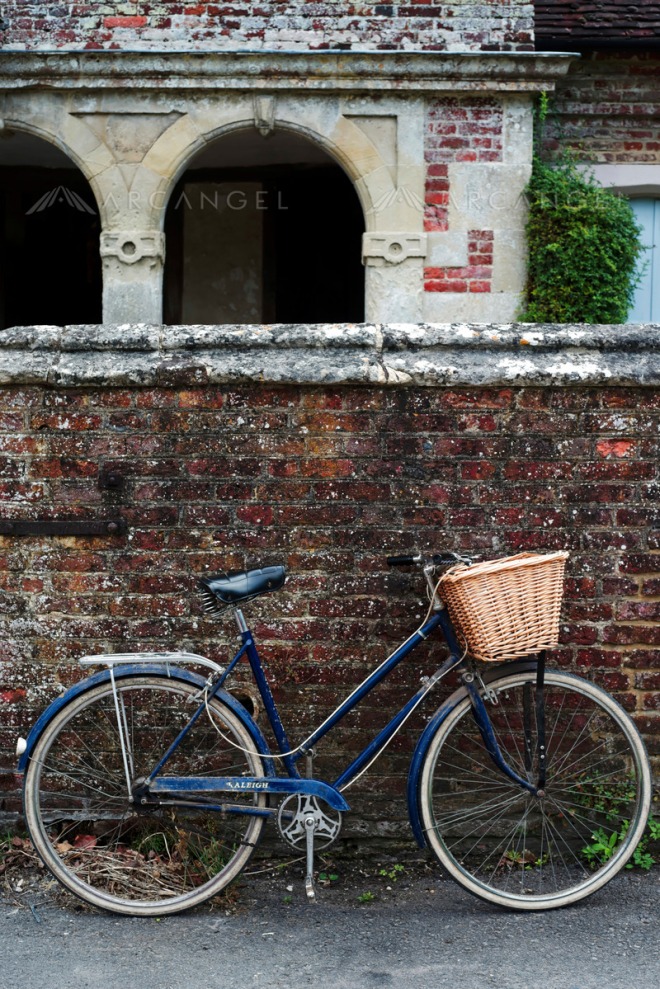
The 50mm f1.8 – a shot resulting from just carrying the A7R and the 50mm on a casual walk.
Exposure control is perfect for me. The use of zebras to prevent overexposing highlights along with the ability to pull up shadows in PP without excessive noise results in some stunning dynamic range.
The loud shutter is no worse than a full frame DSLR – certainly a 5D MK2.
The 1080 HD video is a big improvement over the Canon 60D’s output (the camera I’ve used for video over the last few years) – not really a fair comparison as 60D is fairly old now, and APSC.

The 85mm f2.
I haven’t noticed any dust on the sensor – and I change lenses more than most and shoot at smaller apertures. A periodic blast with a rocket blower is all it needs. In contrast the 5dMk2 was a dust magnet which needed cleaning very frequently which was just a pain.
The other most quoted problems – shutter shock and compressed RAW – I haven’t noticed at all. Having said that I’m careful with shooting technique, don’t use long lenses that often and rarely feel compelled to take pictures in near darkness.
But nothing is perfect :-
The Auto ISO implementation when using aperture priority isn’t much good when shooting longer manual focus as the camera will use 1/60th and the lowest ISO setting, forcing the use of shutter priority. Things may be different with non manual focus lenses.
Battery life isn’t as much of a problem as thought it was going to be. Two spares are more than enough for a day’s heavy shooting. What is a negative is being effectively forced to buy a charger (which should have been included) and a spare battery. Interestingly Sony bundle a spare and a charger with the A7R Mk2…..
White balance is a bit random in cloudy conditions producing blueish greens. This can be solved using the ‘neutral’ colour profile with RAW and developing troublesome shots with Adobe Camera Raw (rather than DXO Optics 9 which does a fine job on non-problem files).

The 28mm f2 and one of those shots where the greens needed some non-default processing to remove a slightly blueish tint. The shadows were pulled up in pp.
Using the otherwise excellent EVF in bright conditions isn’t as good as using an OVF – darker areas cut to black quite early. However the histogram and exposure aids (zebras) make getting that perfect exposure much easier. Sort of a balance there.
Finally, there’s no auto correction for MF lenses in DXO or ACR – you’re on your own I’m afraid. Luckily the prime lenses used here didn’t distort that much – but you’ll become a dab hand removing any chromatic aberration and using the ‘levels’ tool!
The OM Zuiko Lenses
The A7R works wonders with manual focus lenses – an ideal companion if you like. It can’t however work miracles and some lenses just don’t make the grade of producing quality images on a 36Mp sensor. With this level of resolution even excellent film era prime lenses are pushed.

The 50mm f1.8 again!
Before we start it’s worth starting that all of these lenses need to be shot at optimal apertures (f5.6 – f11) to approach the Sony sensor’s resolution. Alternatively open them up to their widest aperture and trade resolution for some attractive bokeh.
In addition they will all flare easily by comparison with modern lenses so a lens hood and careful technique are required – just like using a film camera really. They are all wonderfully small and light – a perfect match for the small A7R. Remember when hand holding the camera to always use at least twice the focal length of the lens as the shutter speed e.g. 125th of a second for a 50mm lens to prevent camera shake – 1/60th (by the old 35mm rule) doesn’t always work at these resolutions.
As anticipated, zooms fare badly. The Tokina SD 28-70 f3.5-5.6 and Vivitar 70-210 f3.5 Series 1 both had some serious flaws with edge definition and chromatic aberration which would make them pretty unattractive for serious use.
The old primes are a different matter :-
The Zuiko 18mm f3.5 isn’t a resolution monster but produces very low chromatic aberration and distortion.

The 18mm at f8.
The Zuiko 24mm f2.8 isn’t up to the job I’m sorry to say – the edges are too soft at all apertures. APSC only.
The Zuiko 28mm f2 – Just about good enough though prone to flare.

28mm f2. Some pp brought up the shadows after exposing for the highlights here.
The Zuiko 50mm f3.5 macro – still good even at these resolutions. No need to replace this one.

Copied from an antique book of photographs under less than ideal circumstances but the 50mm f3.5 macro performed admirably as always.
The Zuiko 50mm f1.4 and f1.8 – 50mms are easy to make well – both are good but the 1.8 has the edge and is cheaper – a bargain.
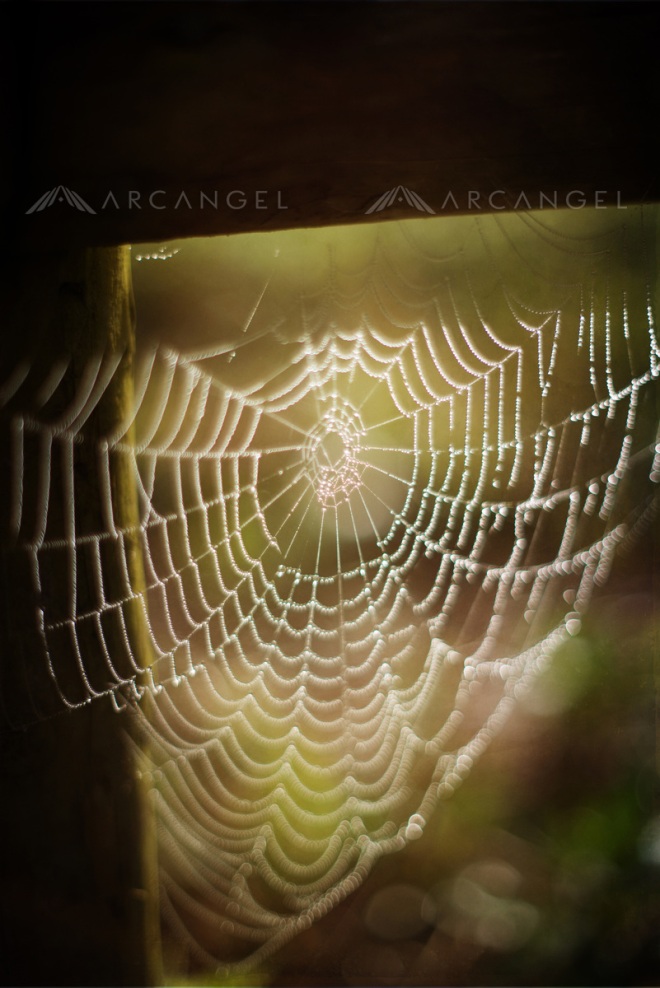
The 50mm f1.4 wide open and close up.
The Zuiko 85mm f2 – pretty good – edges are a bit soft even at f8, but for portraits/mid tele work still good.

The 85mm f2 blurring away an untidy background.
The Helios 85mm f2 – resolution isn’t its strong point but for sheer character this is still worth using (I have a soft spot for this lens which defies all logic).

The soft, romantic images produces by the Helios 85mm f2 though not of very high resolution are still unique – I love this lens on any camera it’s attached to!
The Zuiko 135mm f3.5 – solid if undistinguished with a little chromatic aberration – just about good enough.

The 135 f3.5 on a frosty morning.
The 18mm is the only lens which would cost over £100 – most would be under £50 and some under £30.
All of these lenses are ‘just good enough’ but great bargains – 36Mp is probably their limit and any more sensor resolution would be a waste.
Using lenses longer than 135mm is difficult – no IS, the need for fast shutter speeds and the difficulties in manually focussing them mean I’d leave this job the Canon 60D and a modern AF tele zoom.
In the interests of fairness, I’m sure the Canon/Nikon/Minolta/Pentax equivalents would be just as good if you have any hanging around.
Conclusion
There isn’t a simple conclusion to be drawn on using the A7R and MF lenses for all photographers – but I’ll have a go! As someone who started in the film era, I’m used to working around kit limitations and I don’t expect (or want) kit to do everything for me.

50mm f1.8.
The A7R is a specialised camera which is aimed at people who take their time with their photography and are willing to put up with some quirks to wring the most out of that amazing 36Mp sensor. In this context, slow startup times, manual focus etc become irrelevant – you’ll be there for a few minutes taking the shot anyway.
Use it without concentrating on what you’re doing and it will treat you with contempt and spit out some truly disappointing images. Use it with care and it will jump through hoops for you.
The A7R second-hand is now under £1000 which is a fantastic bargain for a modern full frame 36Mp camera. Add a few fast old MF lenses and an adaptor or two for around £500 and – for the amount you’ve spent – you’ll have an amazingly good setup. Lusting after old prime lenses is cheaper than eyeing up their modern AF counterparts – especially Zeiss lenses! I’d recommend Ffordes in Scotland for second-hand kit – it’s always checked before being put on sale and I haven’t been disappointed yet (I’m not being paid to say this unfortunately – I’m just a satisfied customer).

Finishing up with the 50mm f1.4.
I used to use a medium format 6×6 camera (a Yashica 124G) along with my old OM 35mm cameras. It was slow and fairly difficult to use but produced stunning results if you put the effort in (6×6 Velvia film was shockingly good). Think of the A7R with old primes as a (lightweight) medium format camera, and an APSC Canon 60D with zooms as the 35mm SLR equivalent and you’ve pretty much got the perfect analogy. I still use the Canon 60D when IS and autofocus are needed – they complement each other nicely.
Hope you find this useful – thanks for looking!
Detailed (well relatively detailed) mini reviews for all of these lenses are available on the Film, Camera and Lens Review tab.








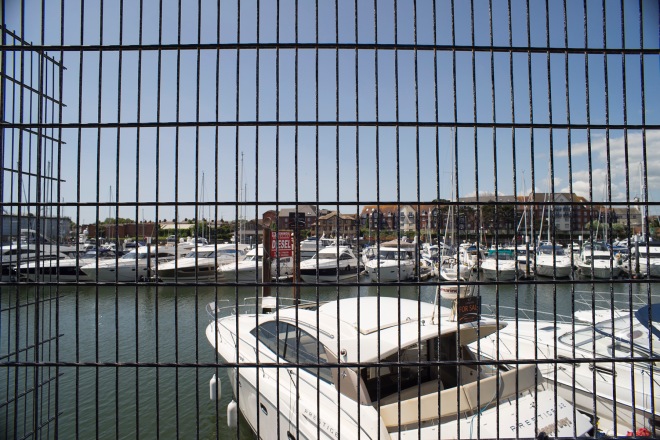




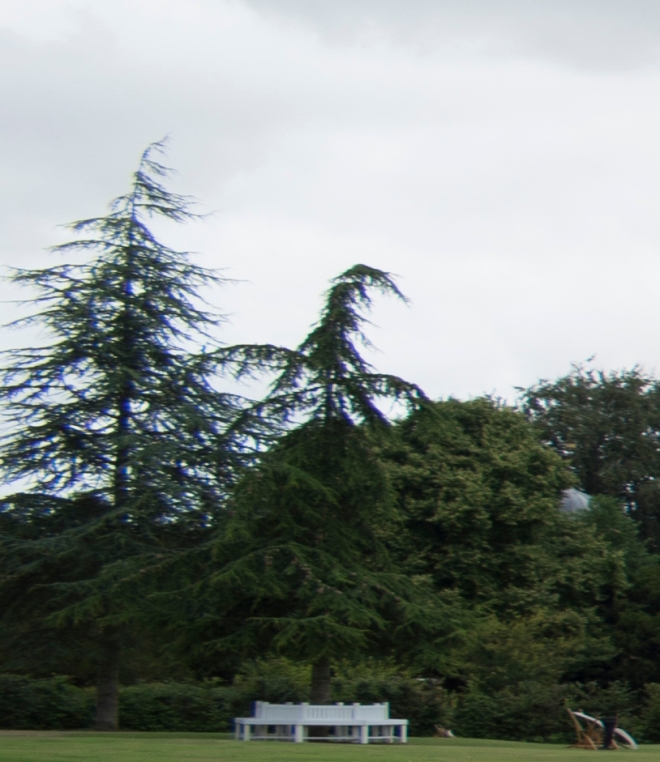


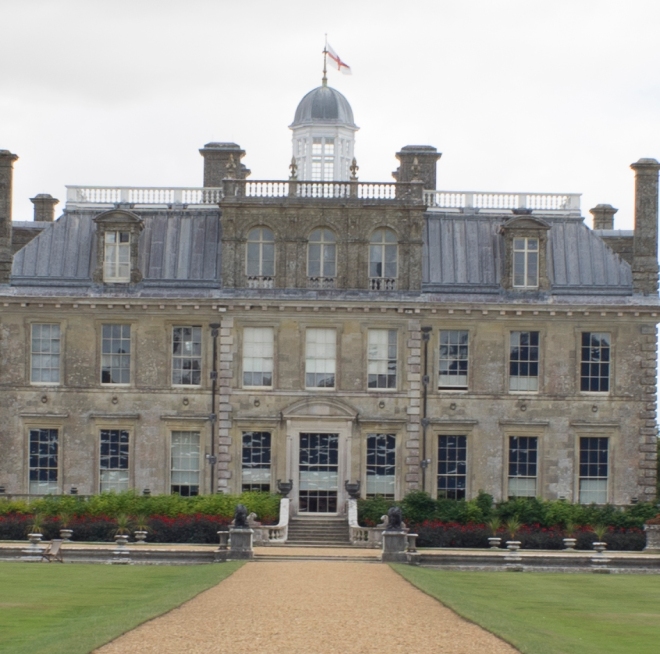

















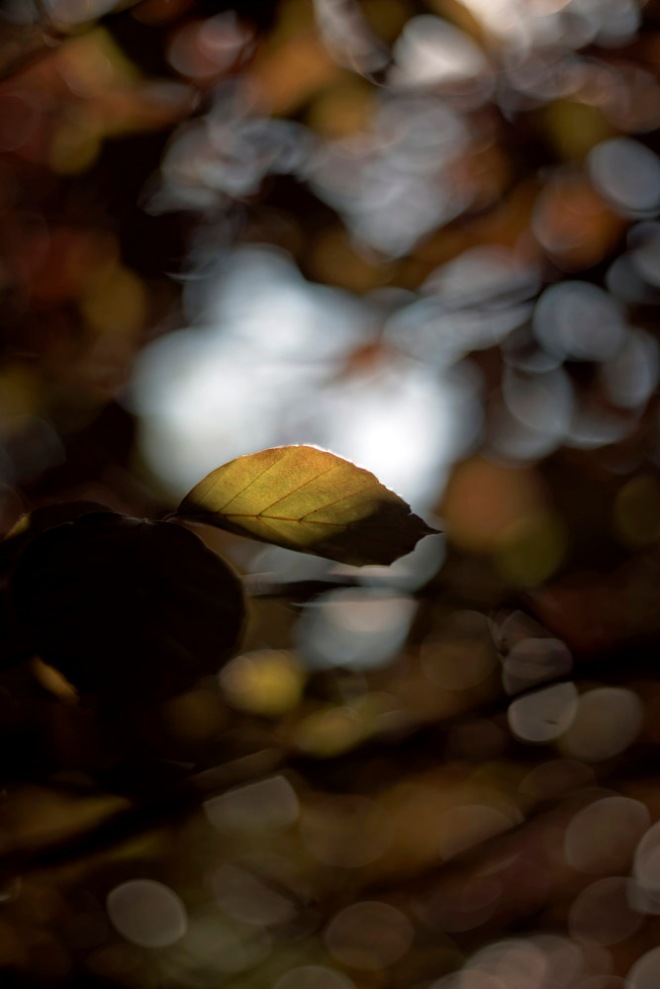
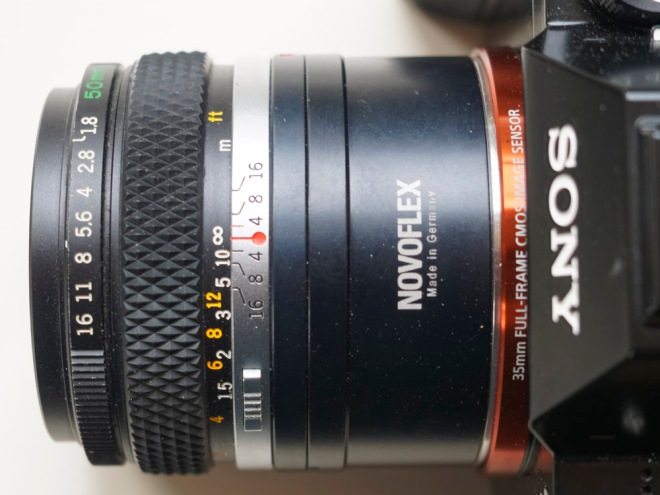



































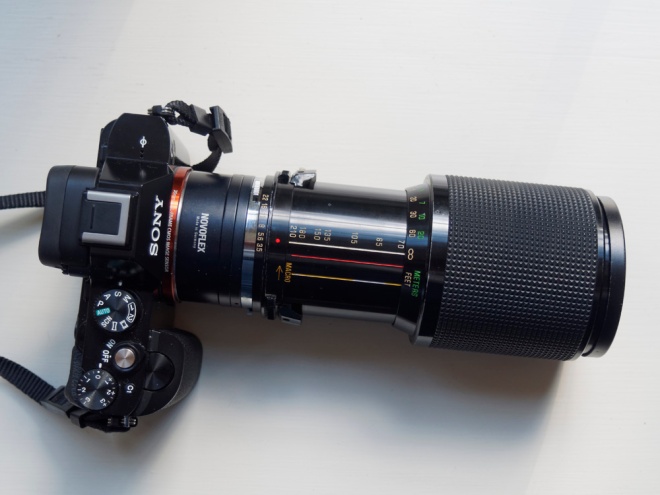



















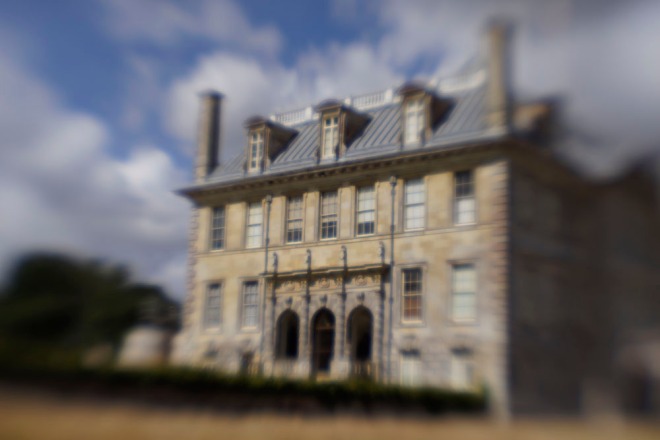




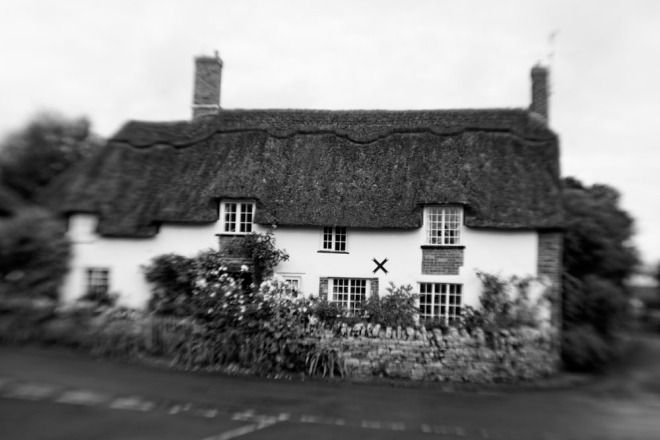






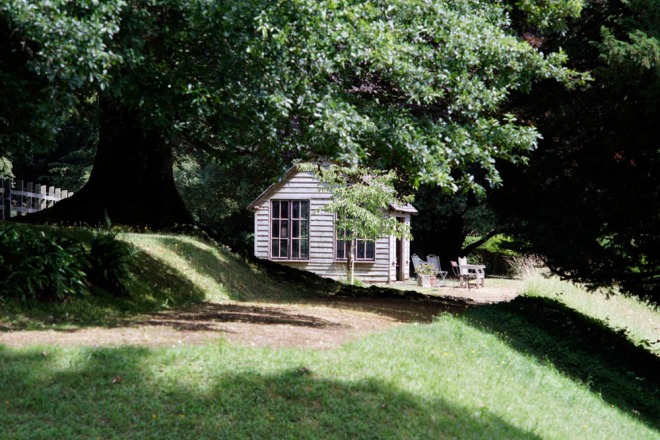

















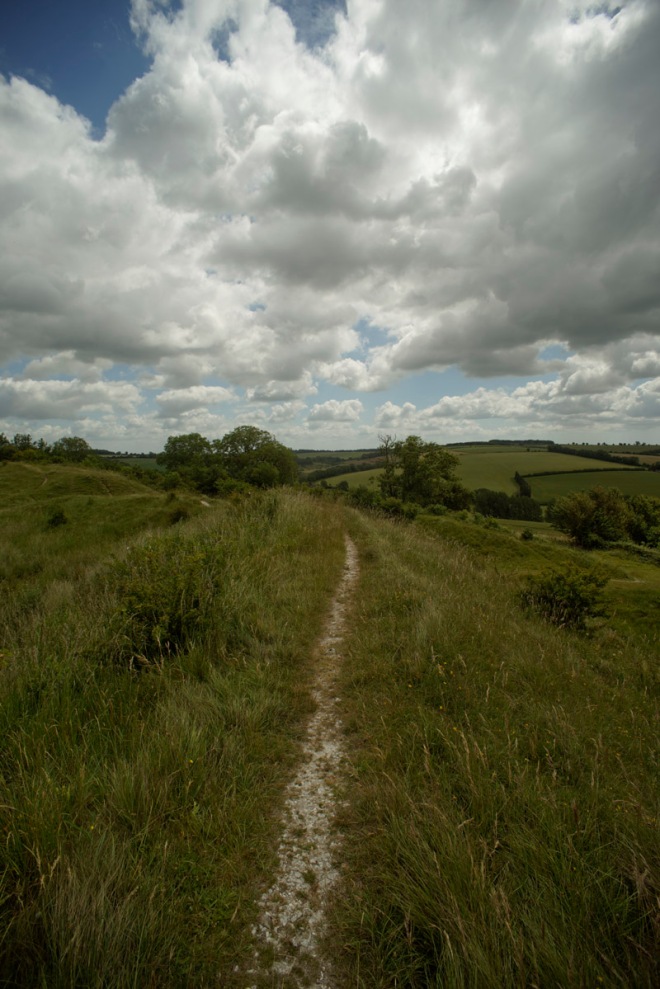














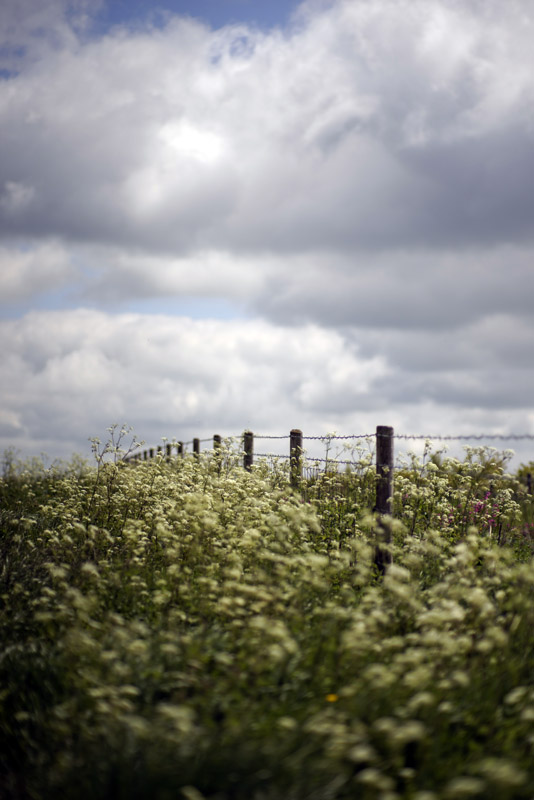



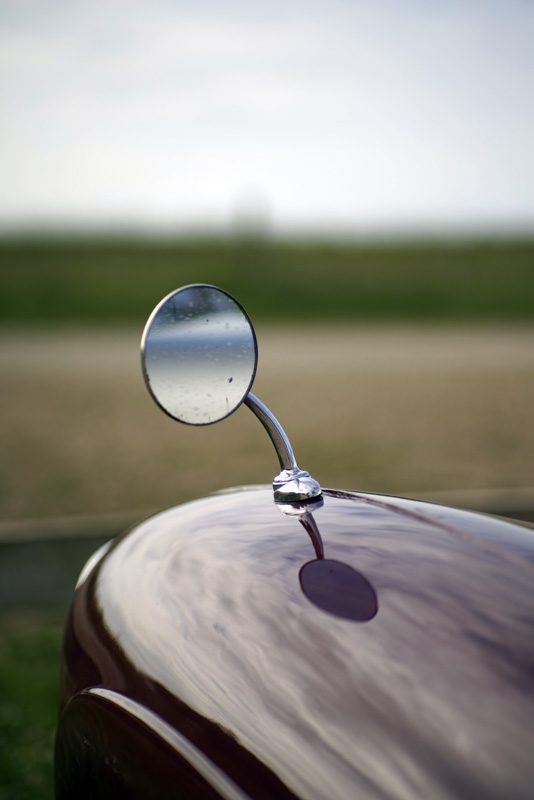



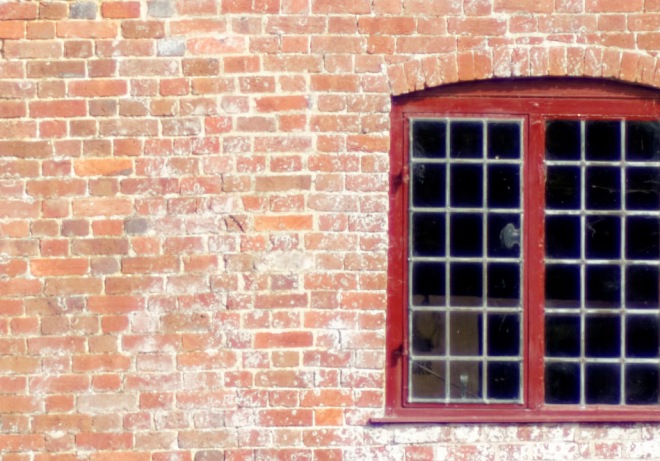

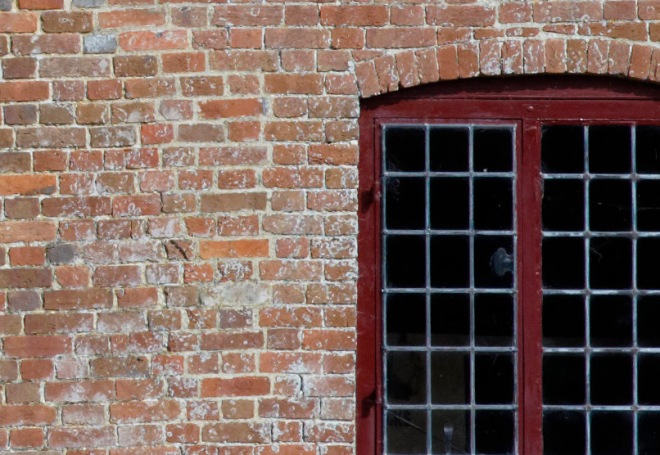



















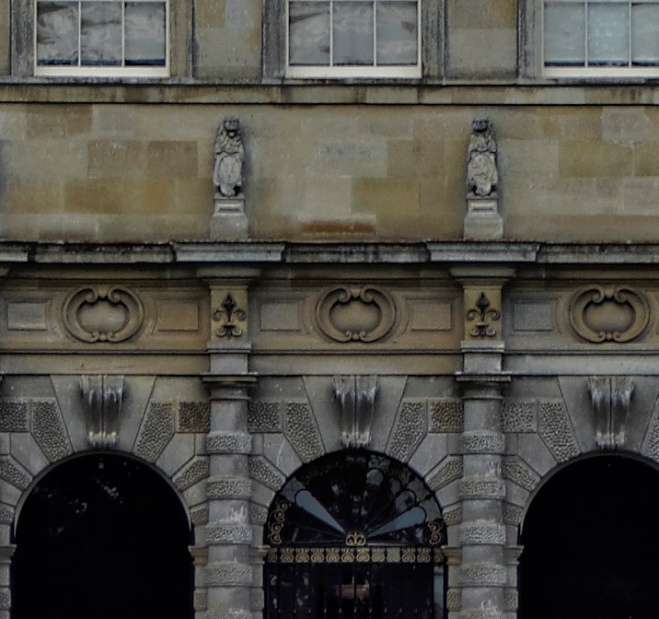






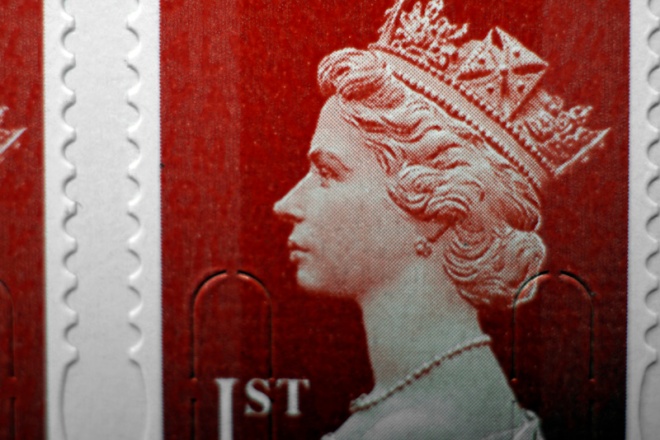









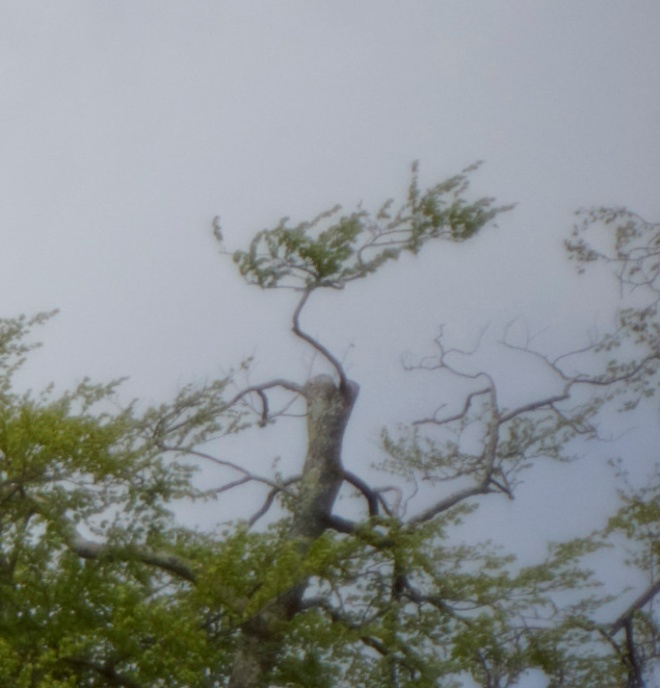
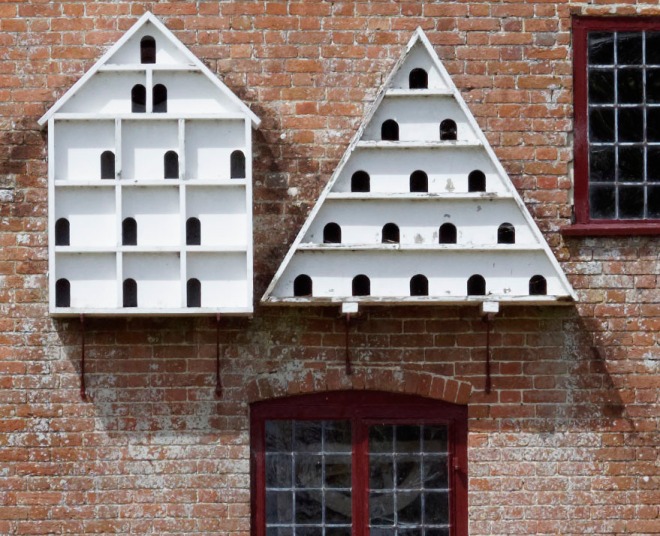







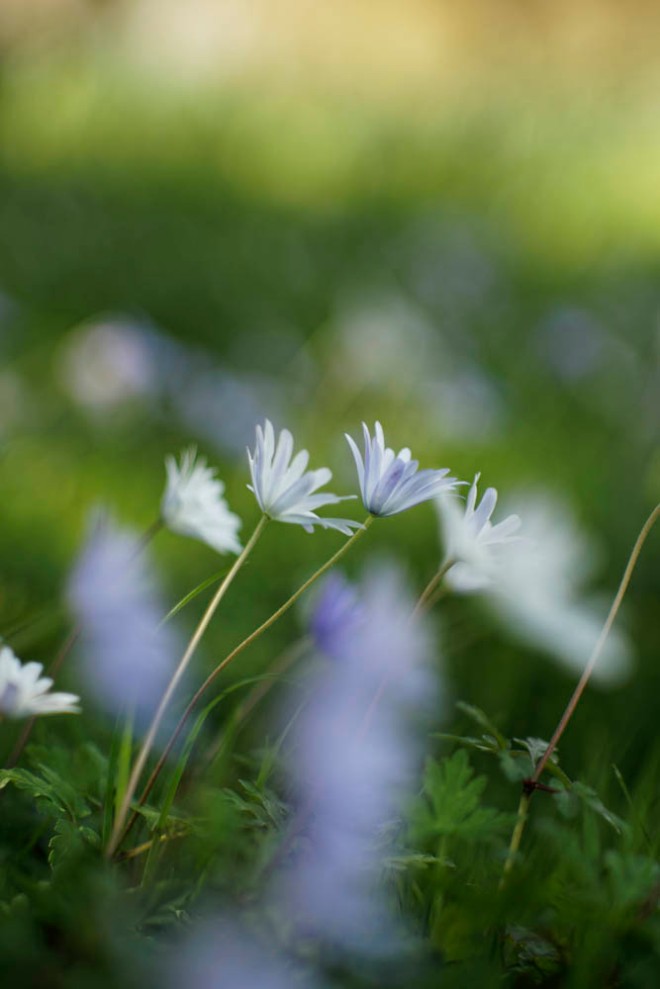





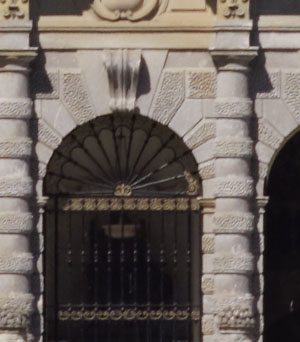





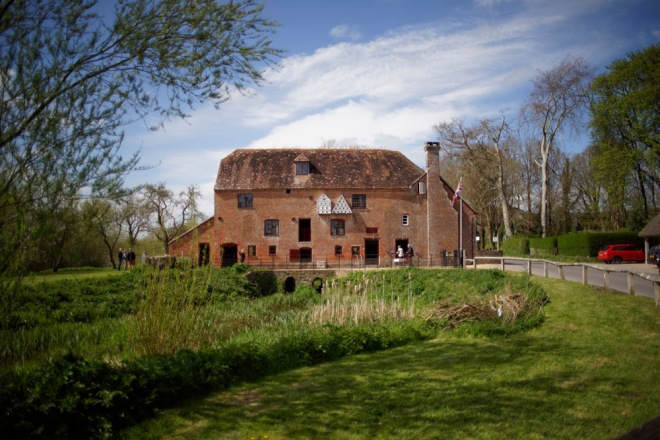




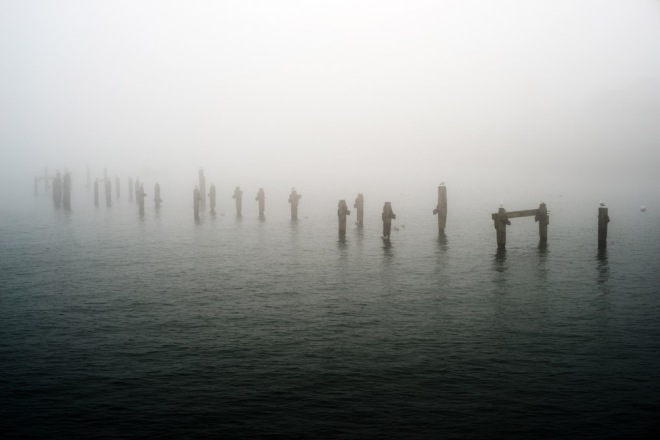
 As the A7R doesn’t use ‘auto aperture’ like the OM bodies, the aperture set is always that ‘in use’. The EVF displays the depth of field as it will be in the final shot which is useful, but at smaller apertures focus peaking becomes pretty useless as it thinks everything is in focus and covers the EVF in white high contrast pixels (as it turns out when focus magnify is used, everything isn’t in focus, but it does mean that it’s possible to really accurately nail it)
As the A7R doesn’t use ‘auto aperture’ like the OM bodies, the aperture set is always that ‘in use’. The EVF displays the depth of field as it will be in the final shot which is useful, but at smaller apertures focus peaking becomes pretty useless as it thinks everything is in focus and covers the EVF in white high contrast pixels (as it turns out when focus magnify is used, everything isn’t in focus, but it does mean that it’s possible to really accurately nail it)
